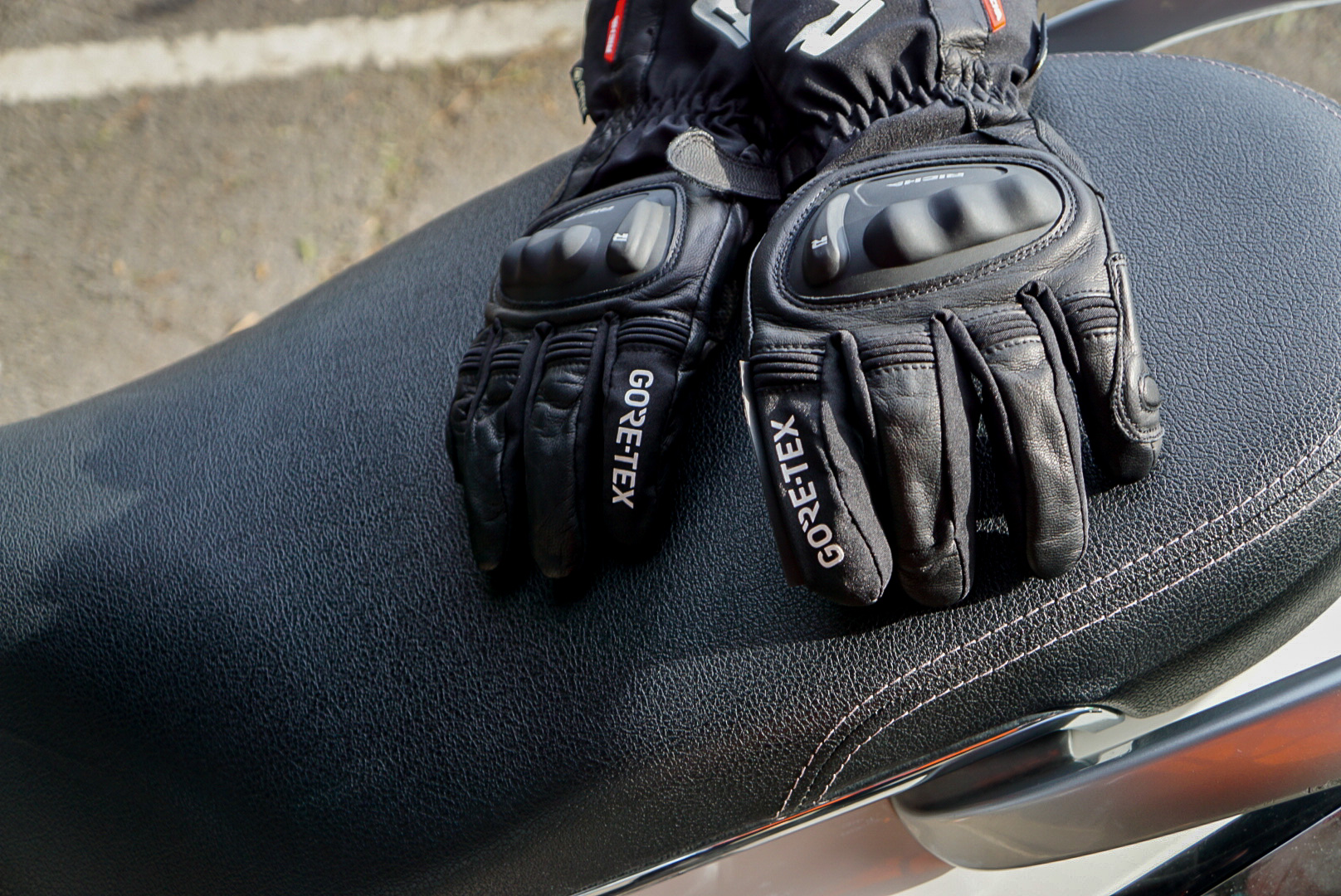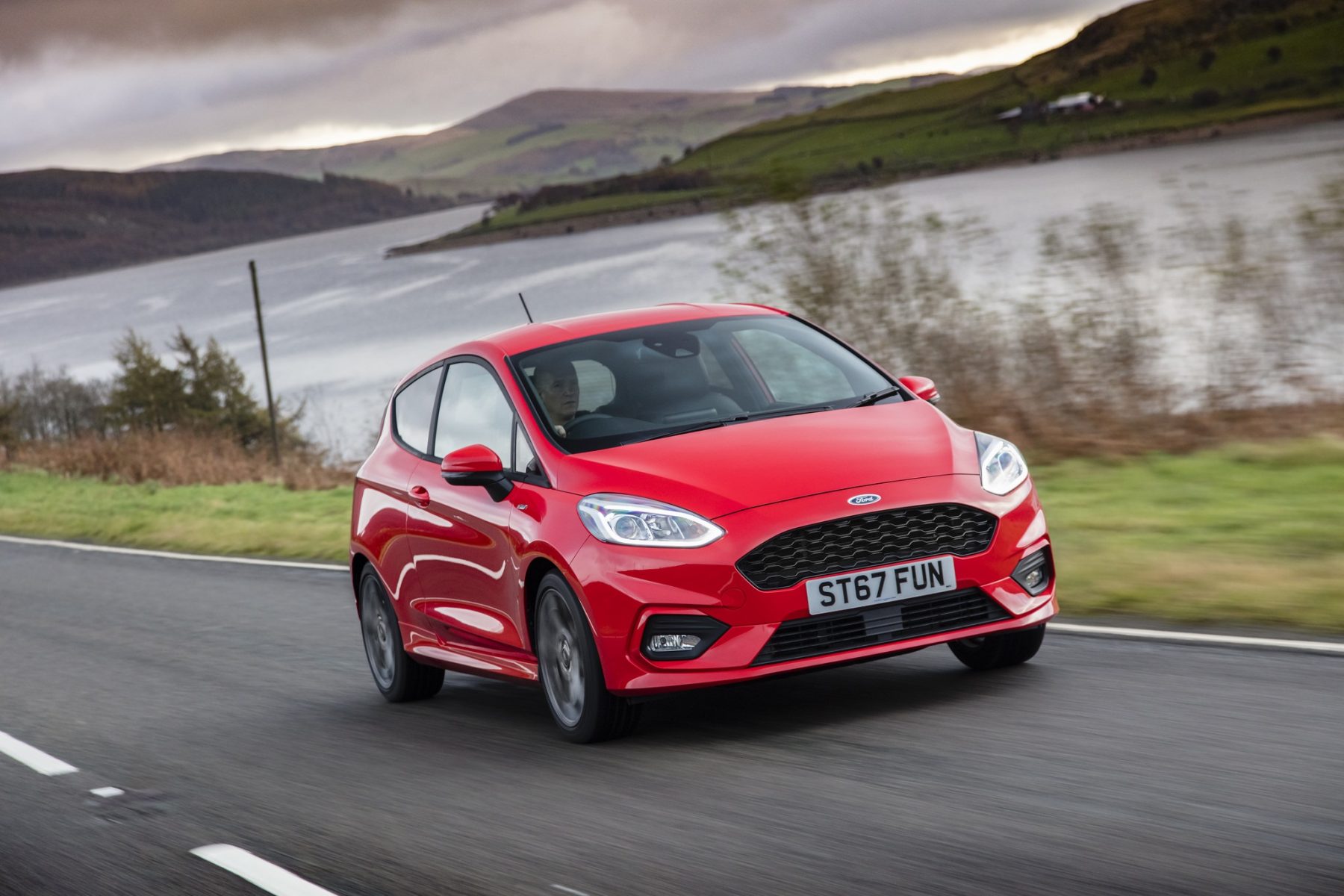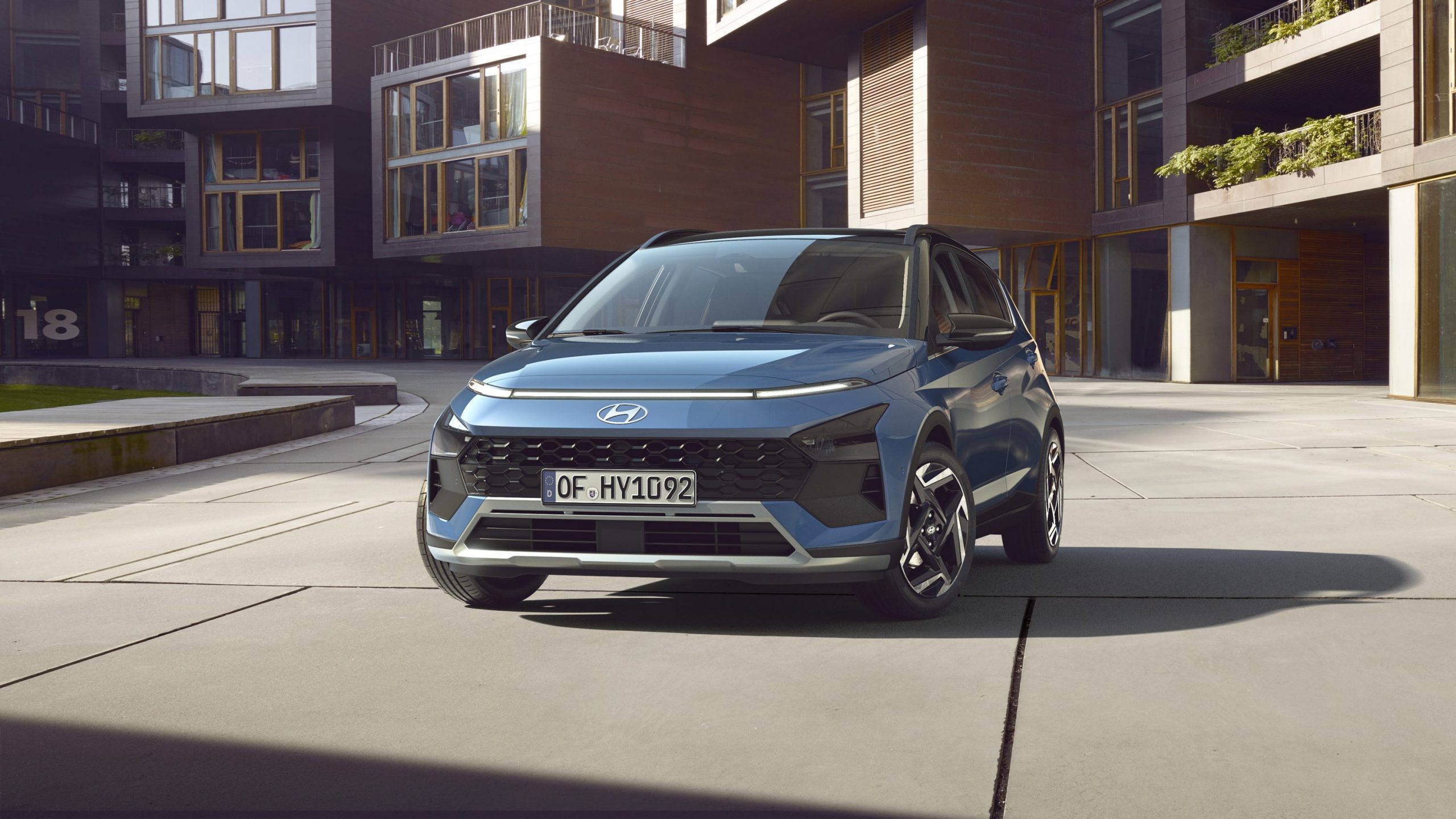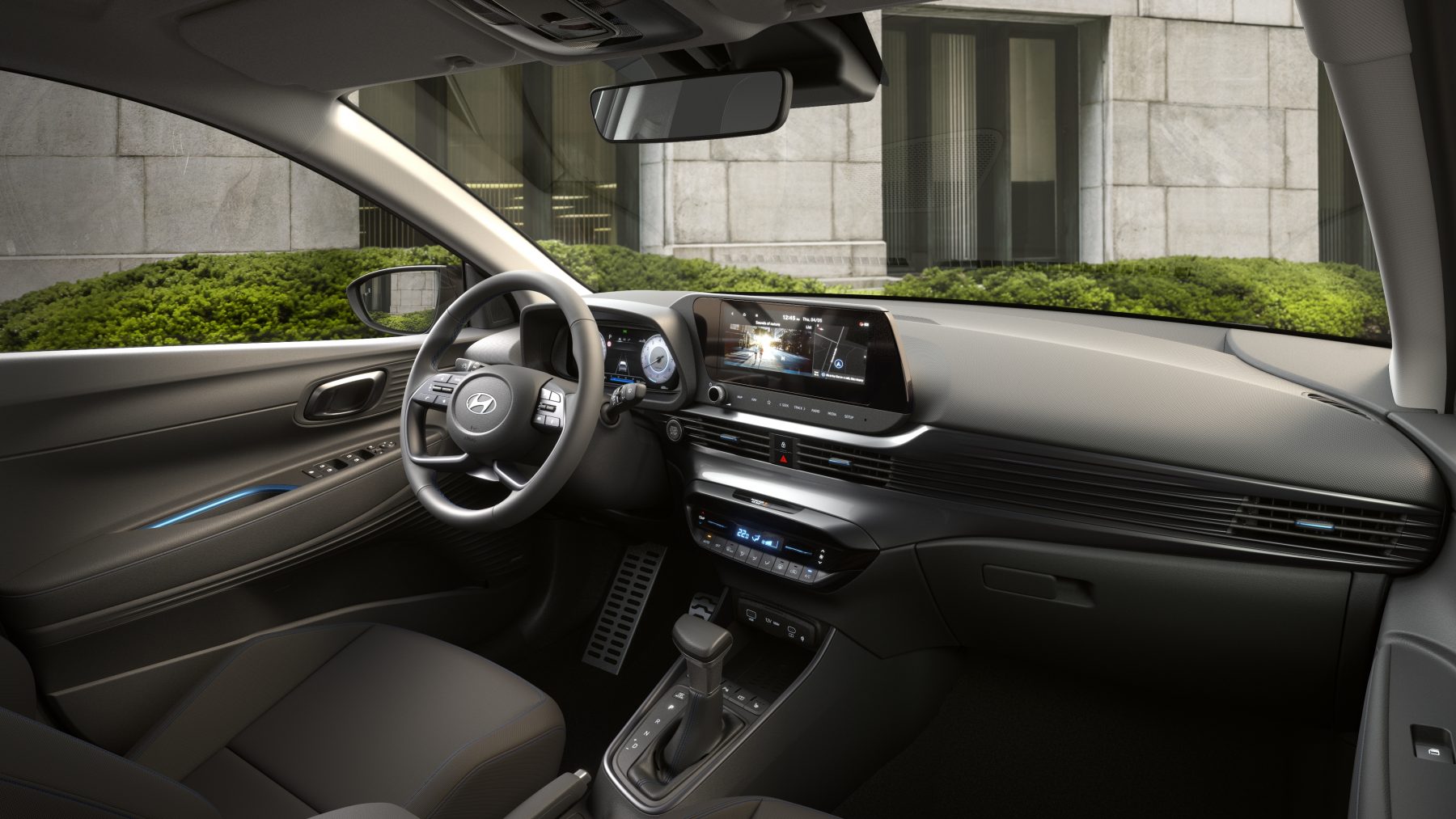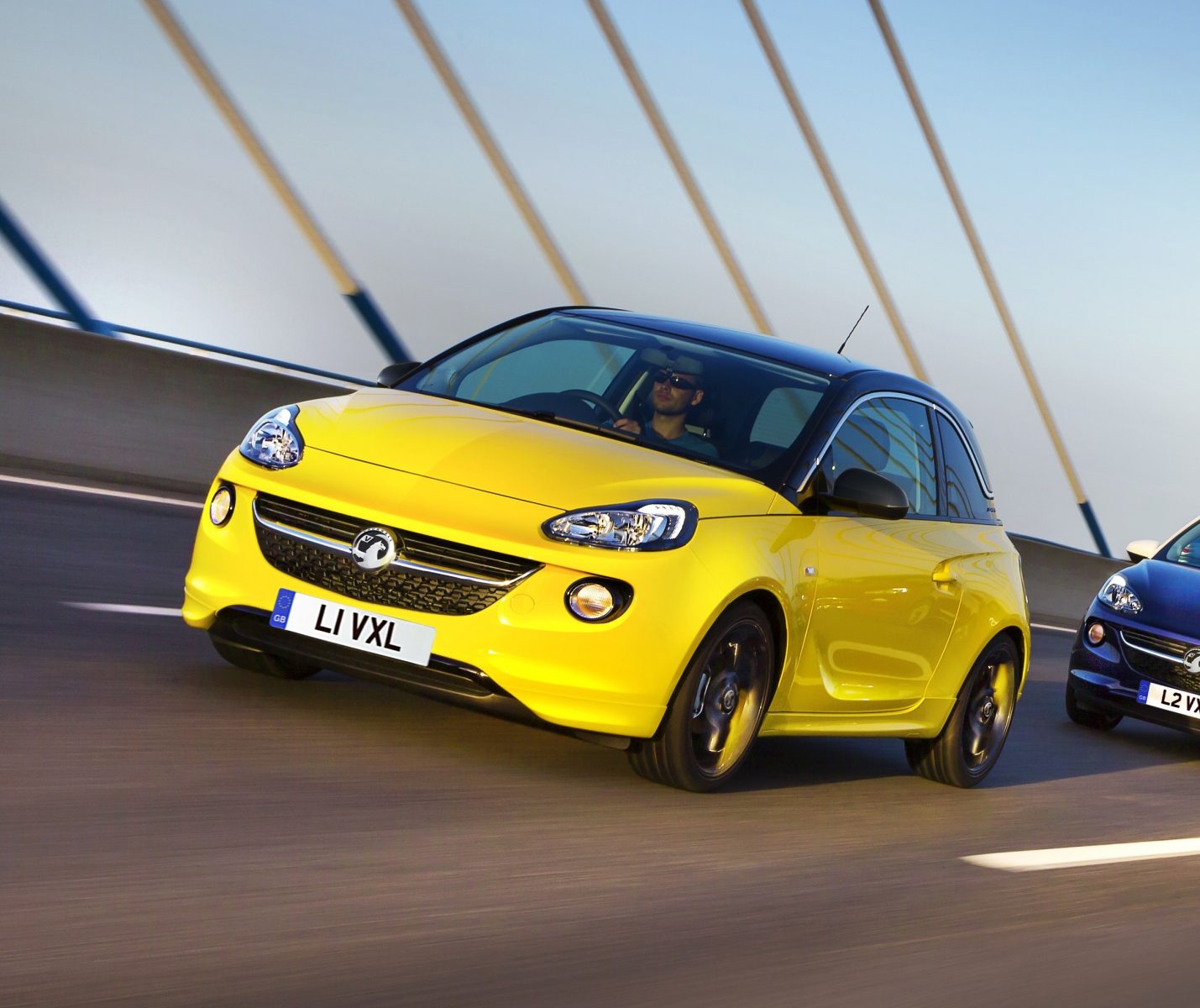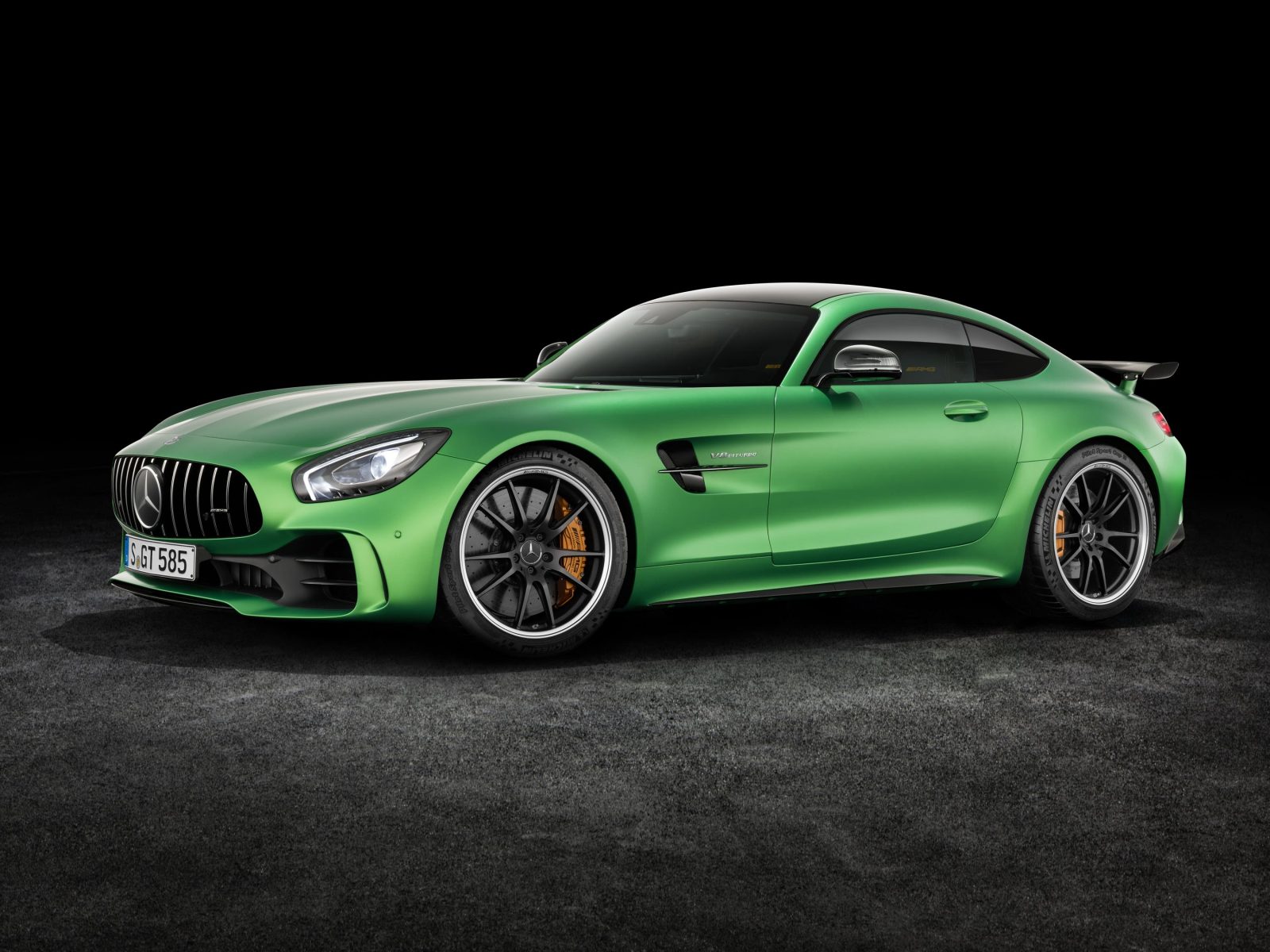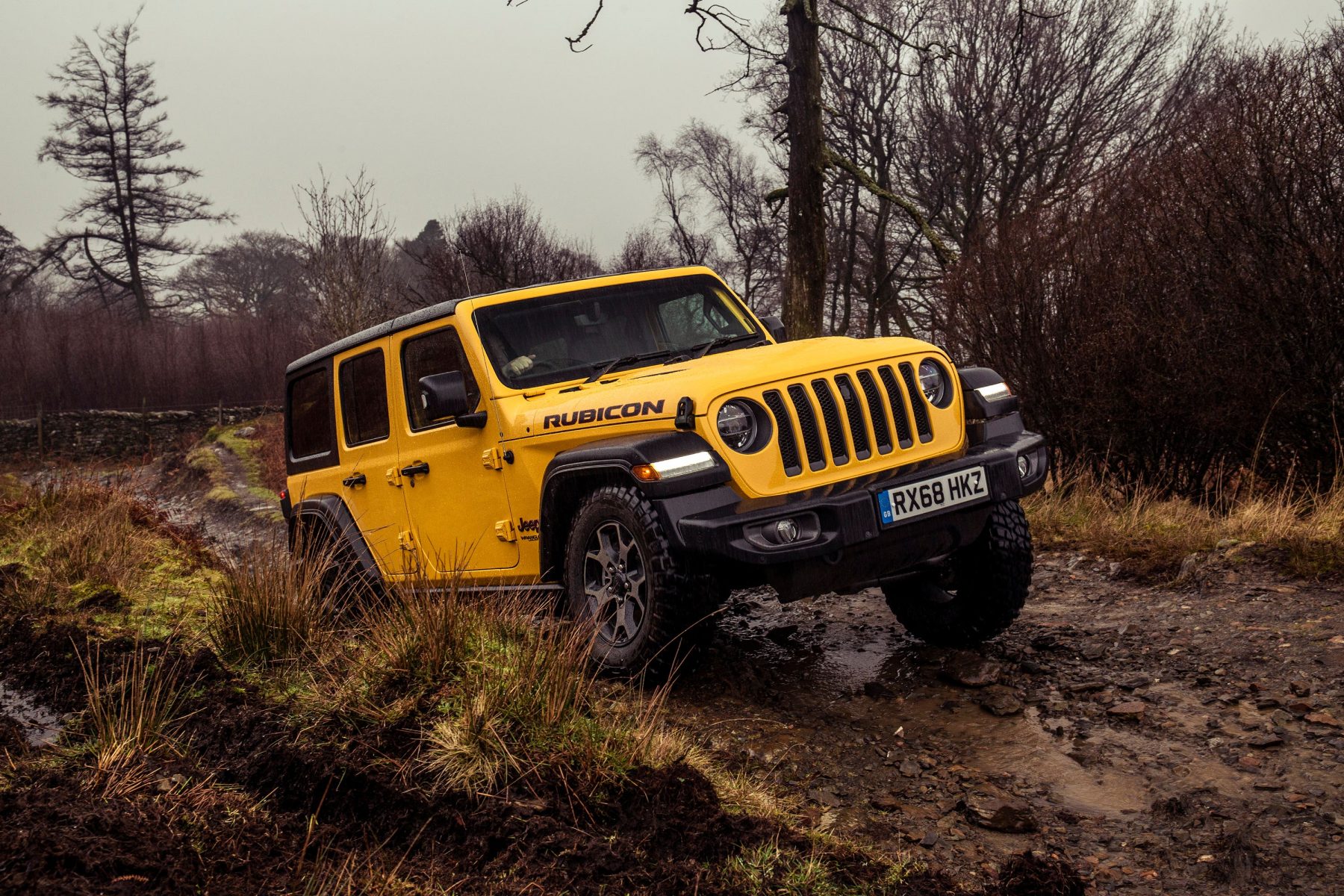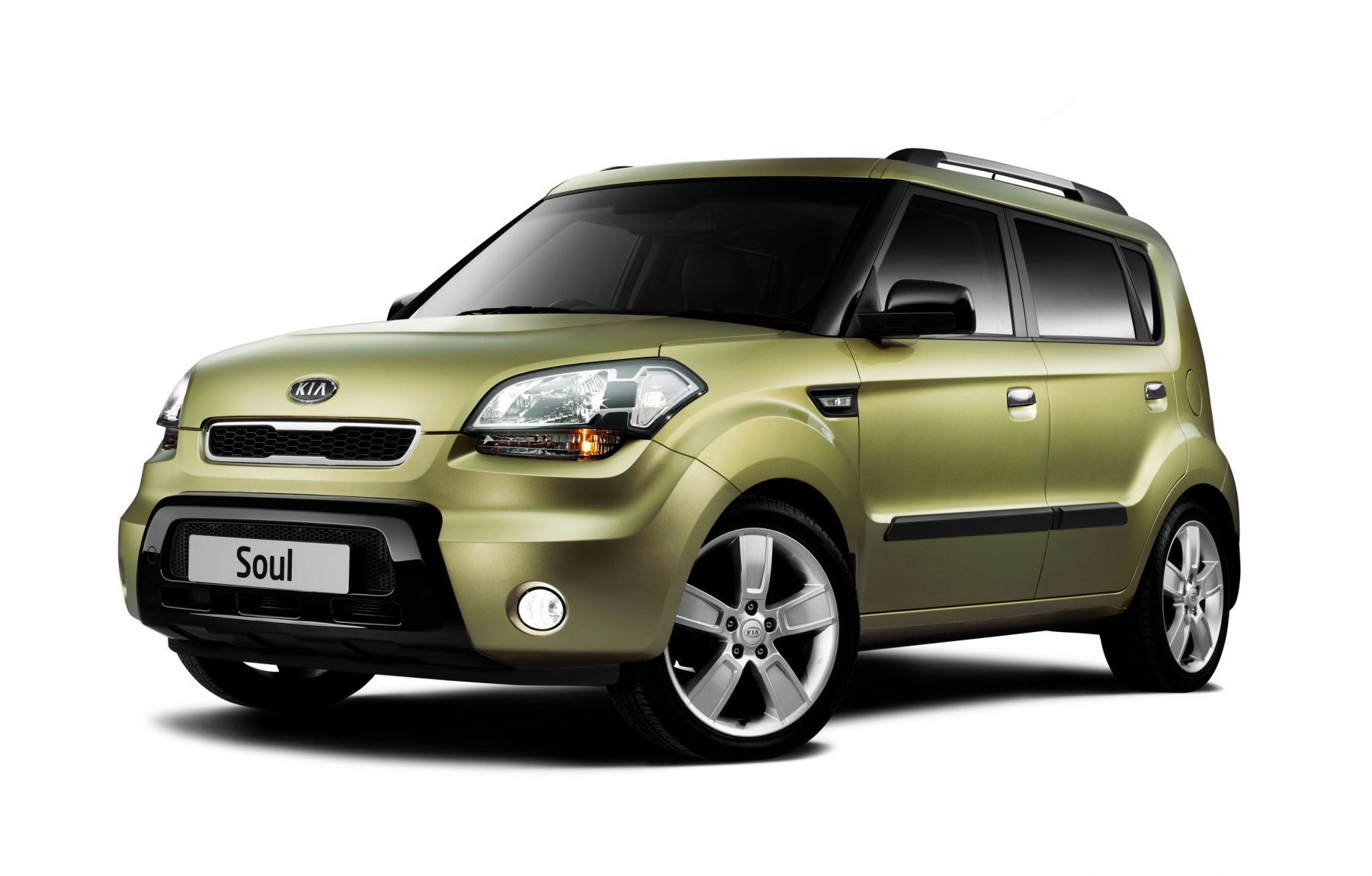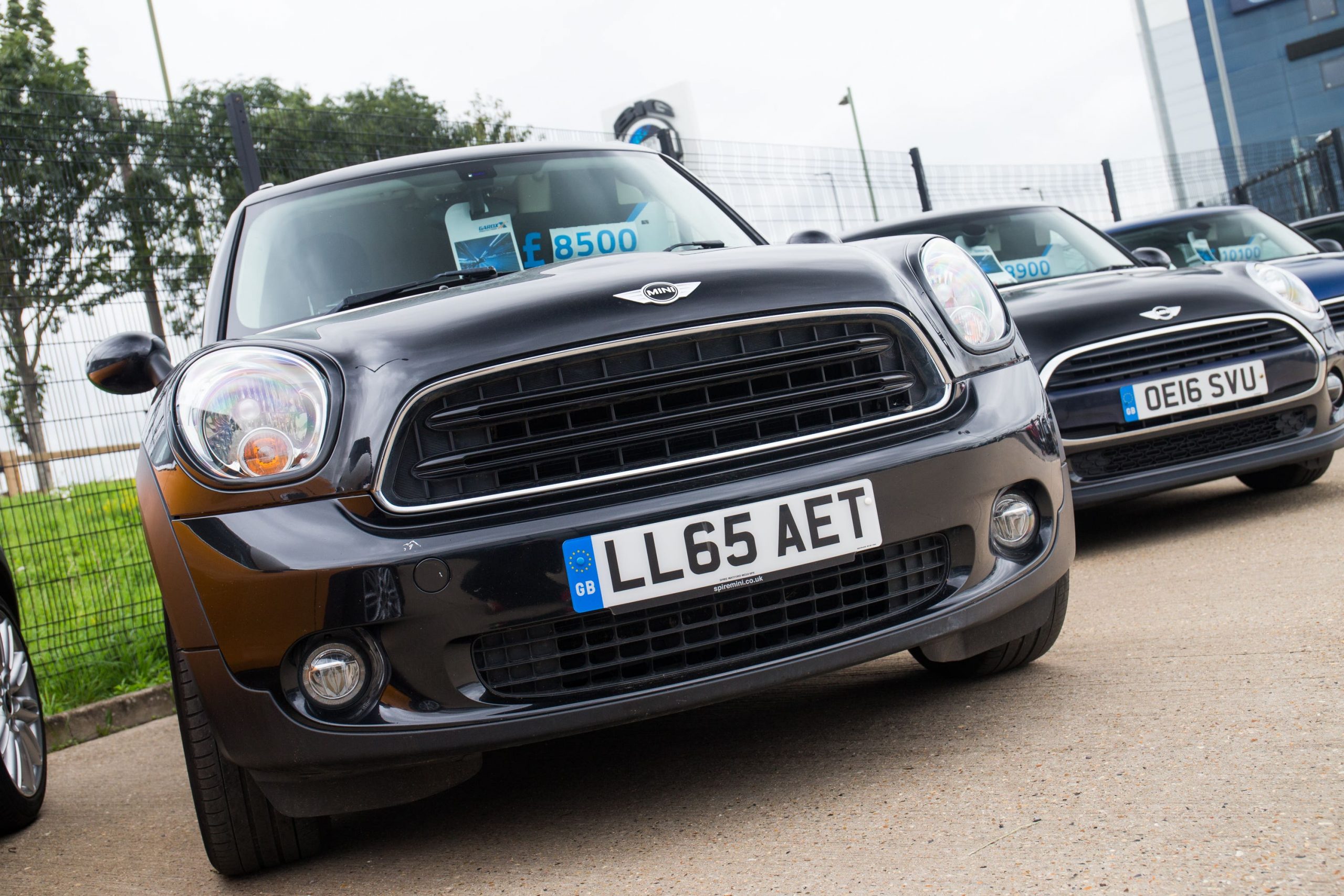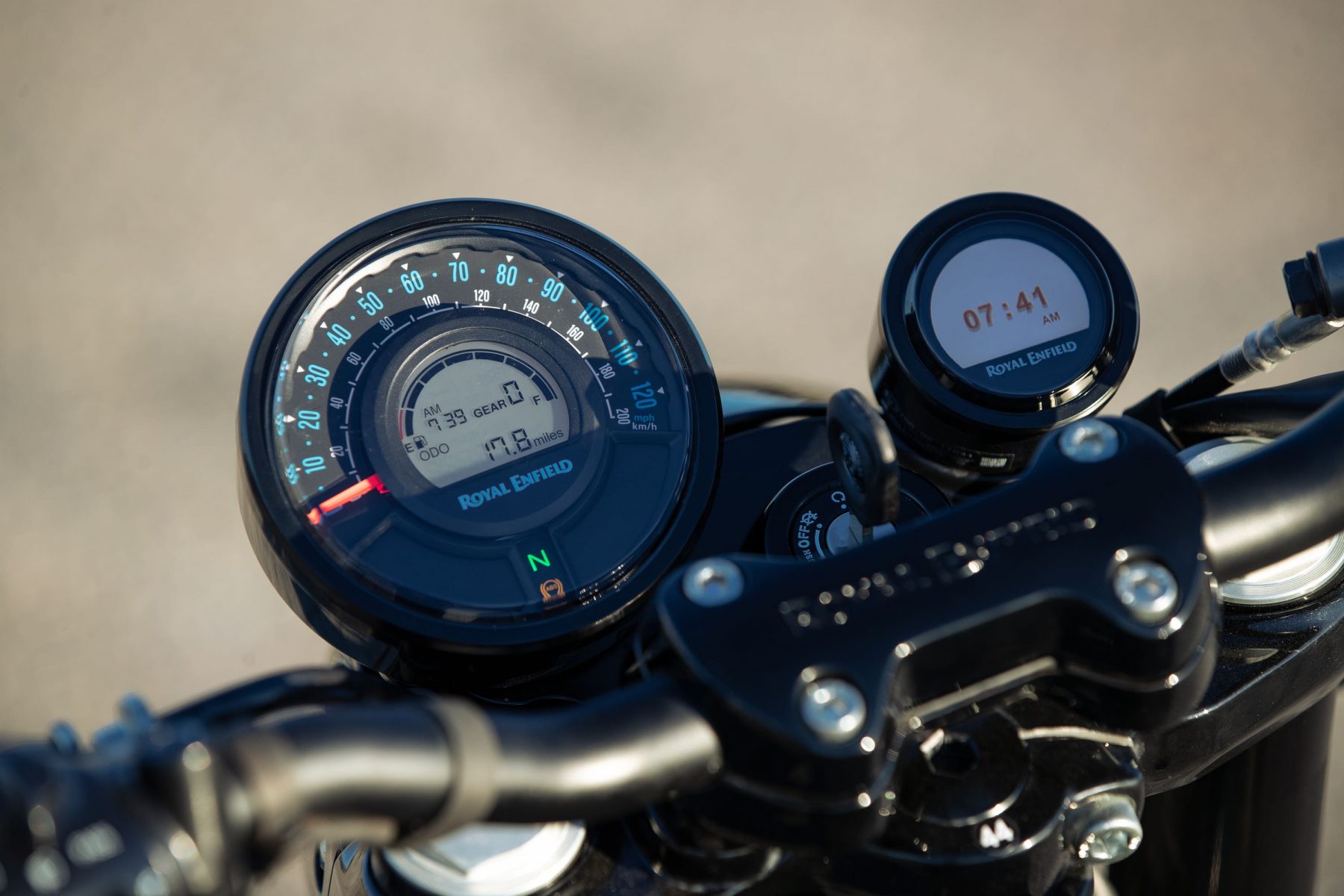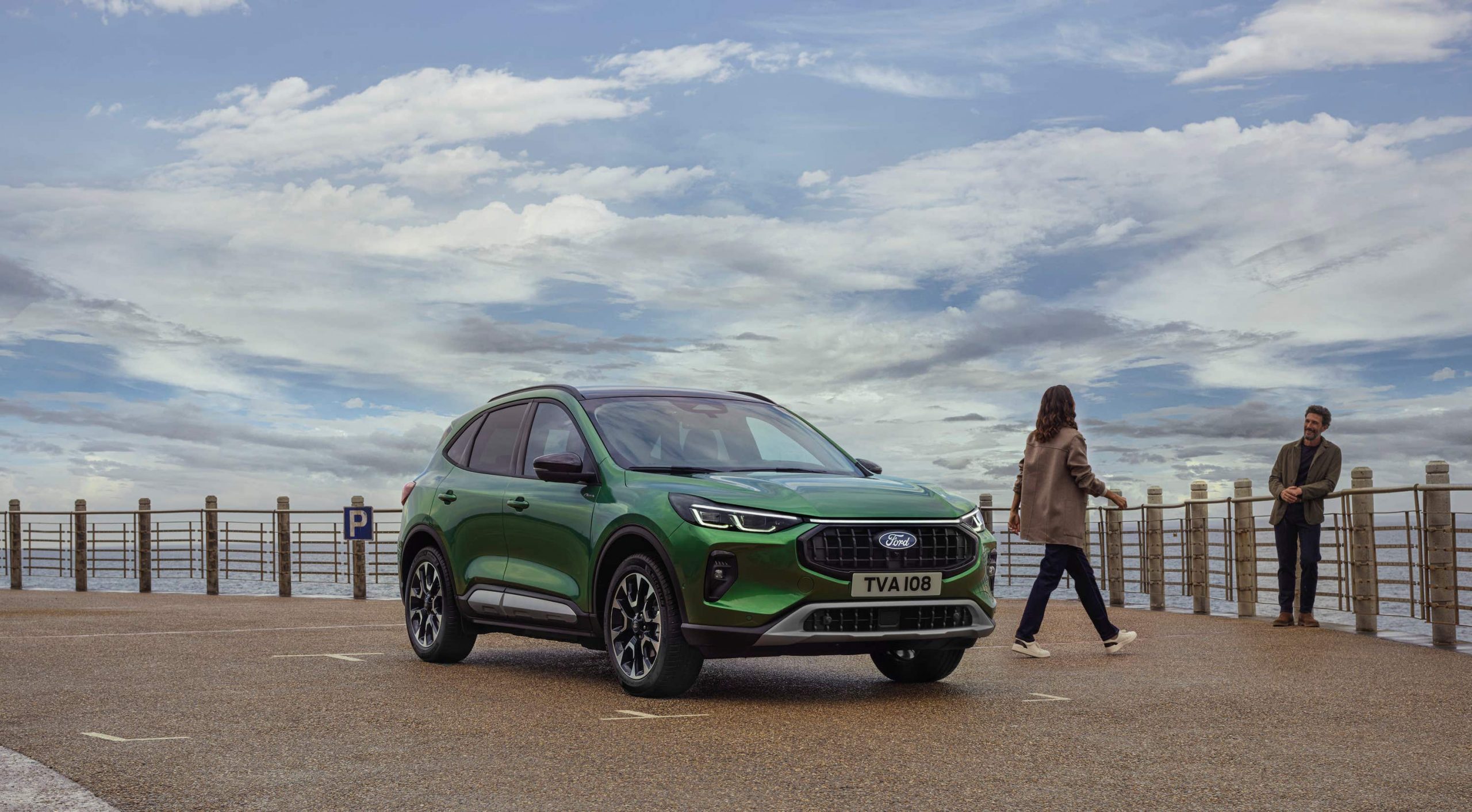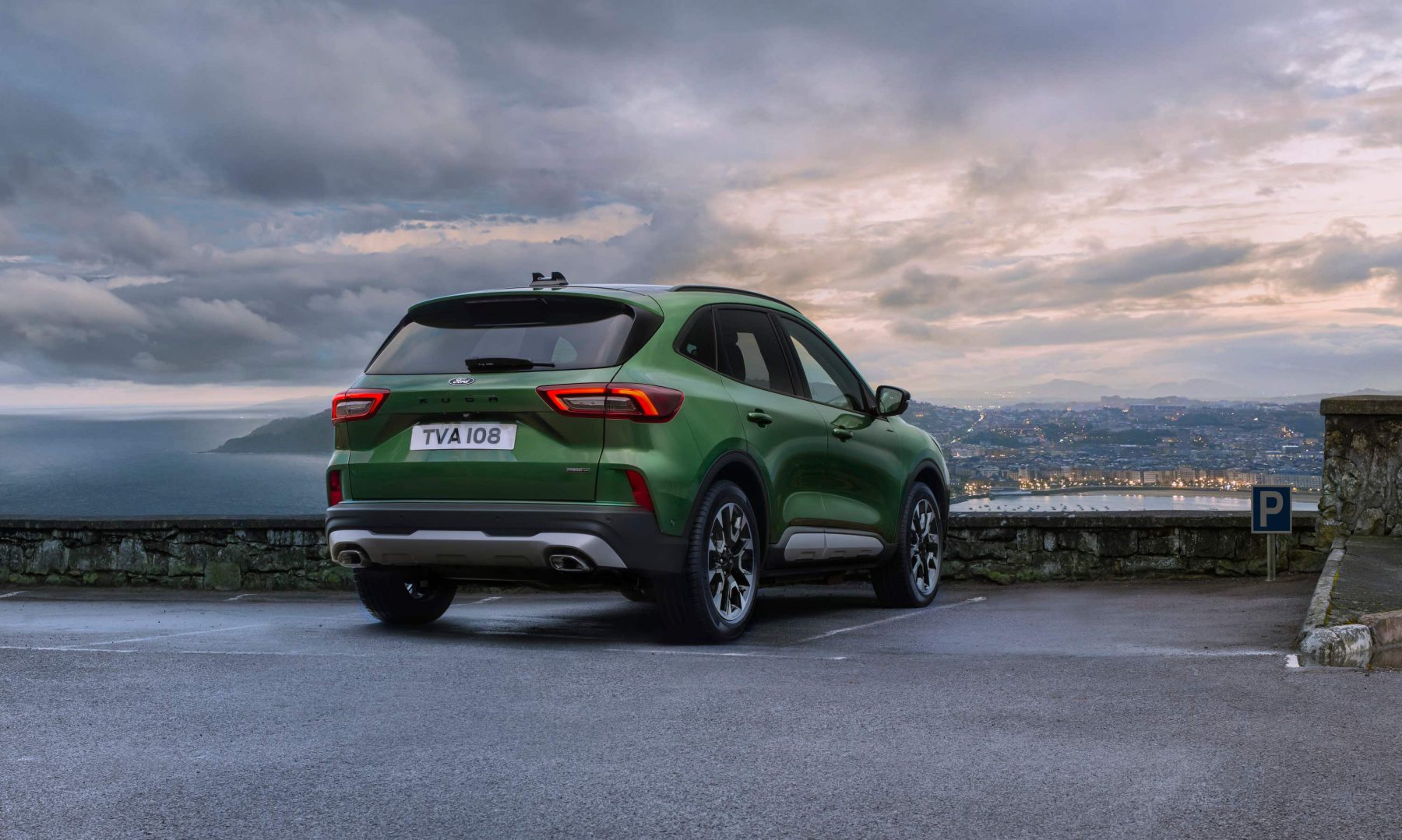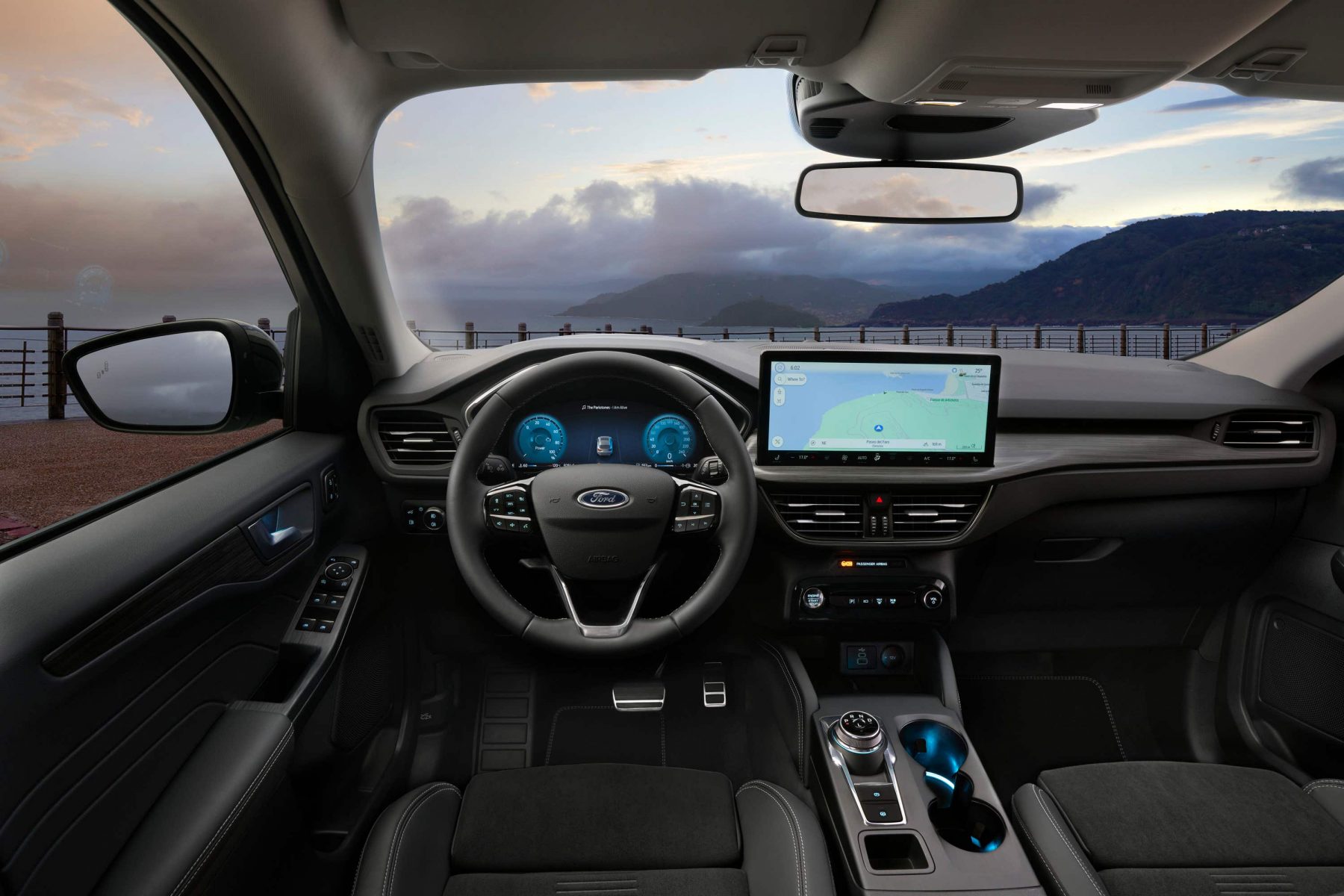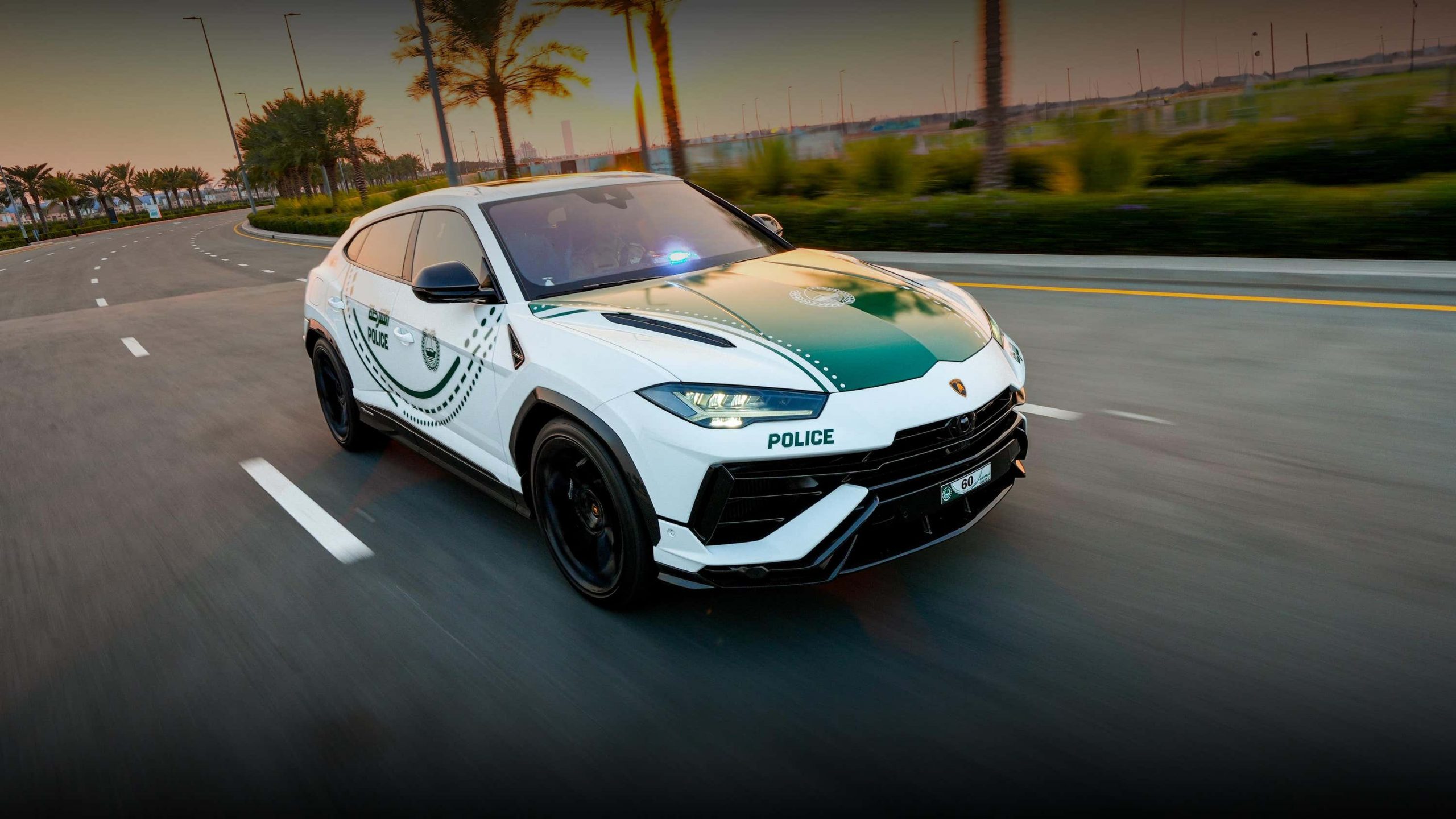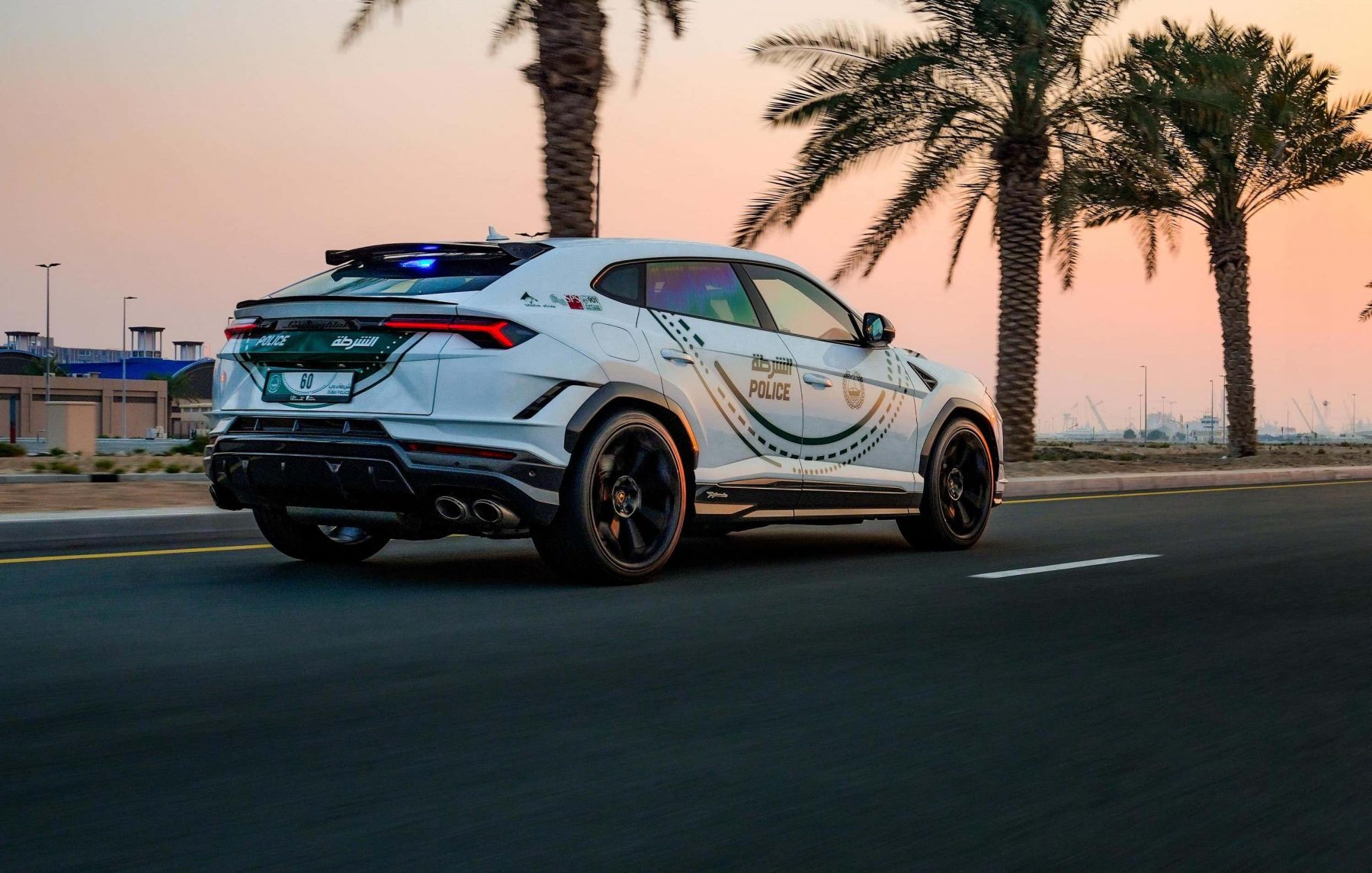There’s no getting around it – being on a motorcycle is more dangerous than driving a car. You’re more exposed, more reliant on the good driving habits of other motorists and more susceptible to weather, too.
But that’s why having the right equipment can make all the difference. Not only does it boost protection in the event of a fall, but it’ll help to keep you dry and warm when the weather turns, well, British. So here, we’re going to take a look through some of the key items worth getting if you’re starting out on two wheels.
Helmet
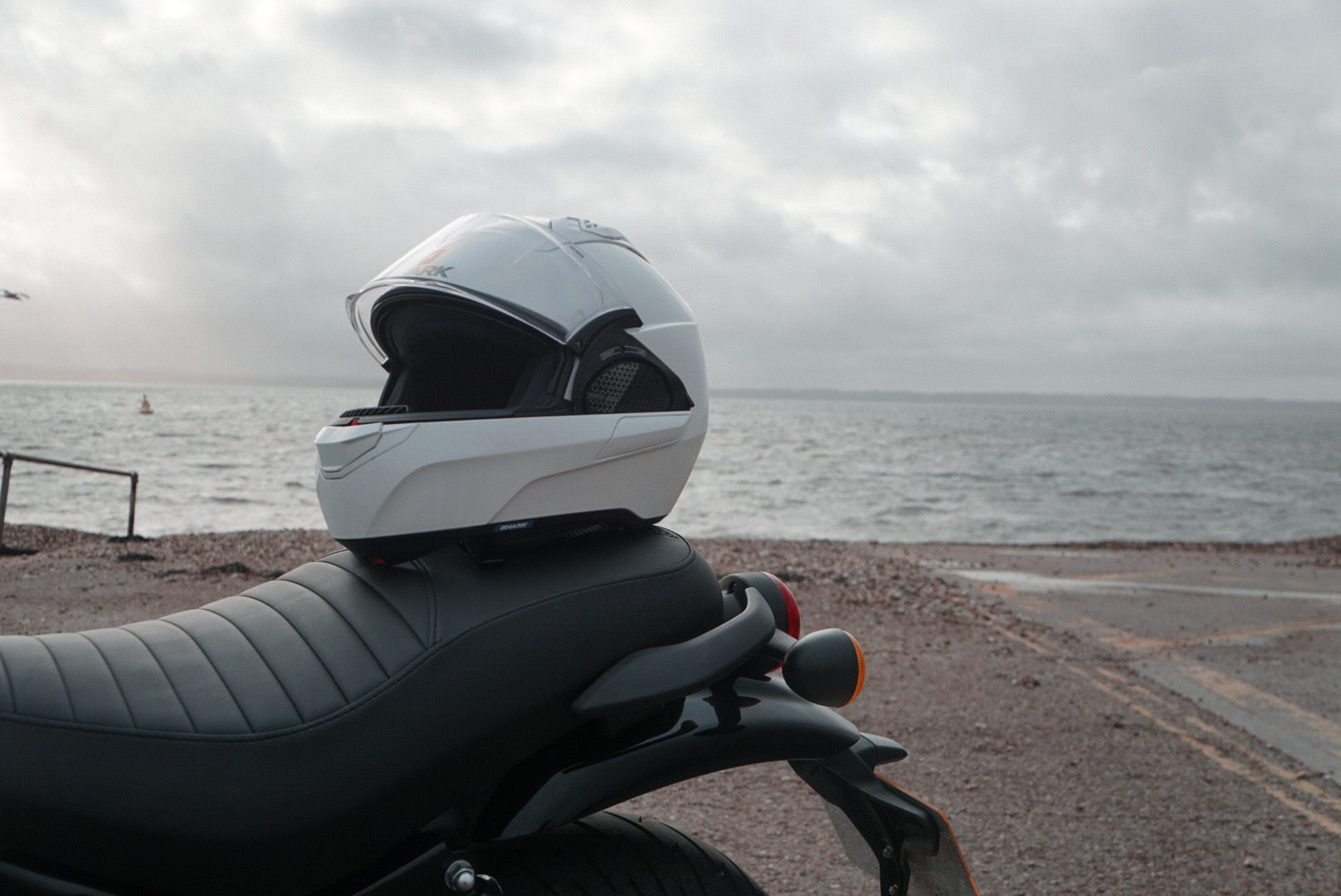
Remarkably, a helmet is the only legal requirement for motorcyclists in the UK. However, it’s the most crucial bit of equipment that you’ll need. All helmets – to be legal in the UK – must comply with the British Standard BS 6658:1985 and carry the BSI Kitemark, UNECE Regulation 22.05 or a European Economic Area member standard offering at least the same safety and protection as BS 6658:1985, and carry a mark equivalent to the BSI Kitemark.
Now that might sound like a lot, so if you’re unsure, you can always ask a retailer or even get in touch with a manufacturer to find out. Helmets come in all shapes and sizes, including a ‘flip’ style which allows you to open the entire front (not just the visor) – just like this Shark one we’re looking at here.
Jacket
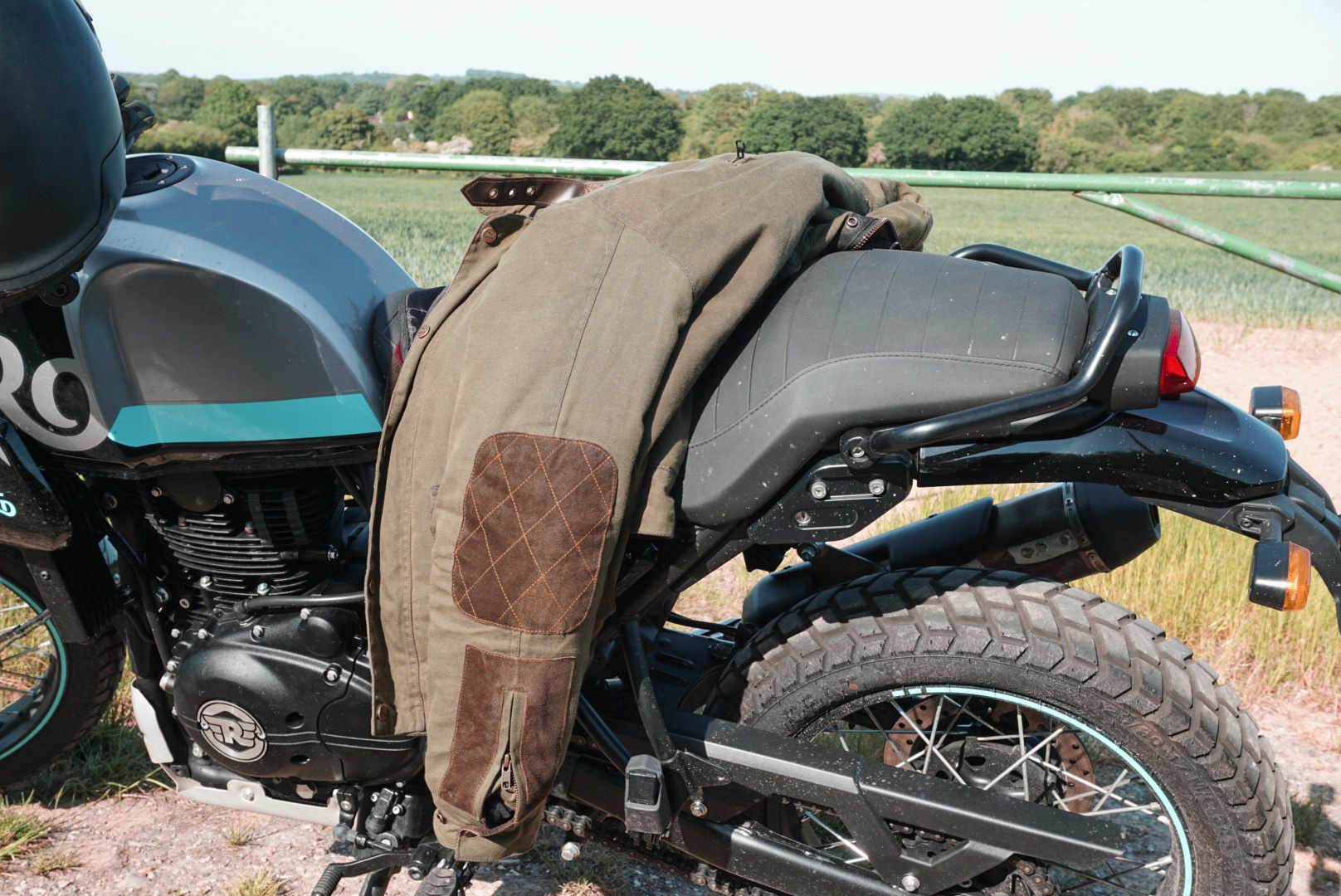
As we’ve mentioned, there’s no legal requirement to go above and beyond a helmet in terms of safety equipment. Still, it’s very strongly recommended that you wear specialist motorcycle clothing as it could really help protect you if the worst should happen.
A proper motorcycle jacket is a great place to start. This particular jacket includes abrasion-resistant material, and has a waterproof finish to help keep you dry. A zippable liner adds warmth, too. But most importantly, it includes protection at the shoulder, elbows and back to help cushion your fall should you have a spill.
Boots
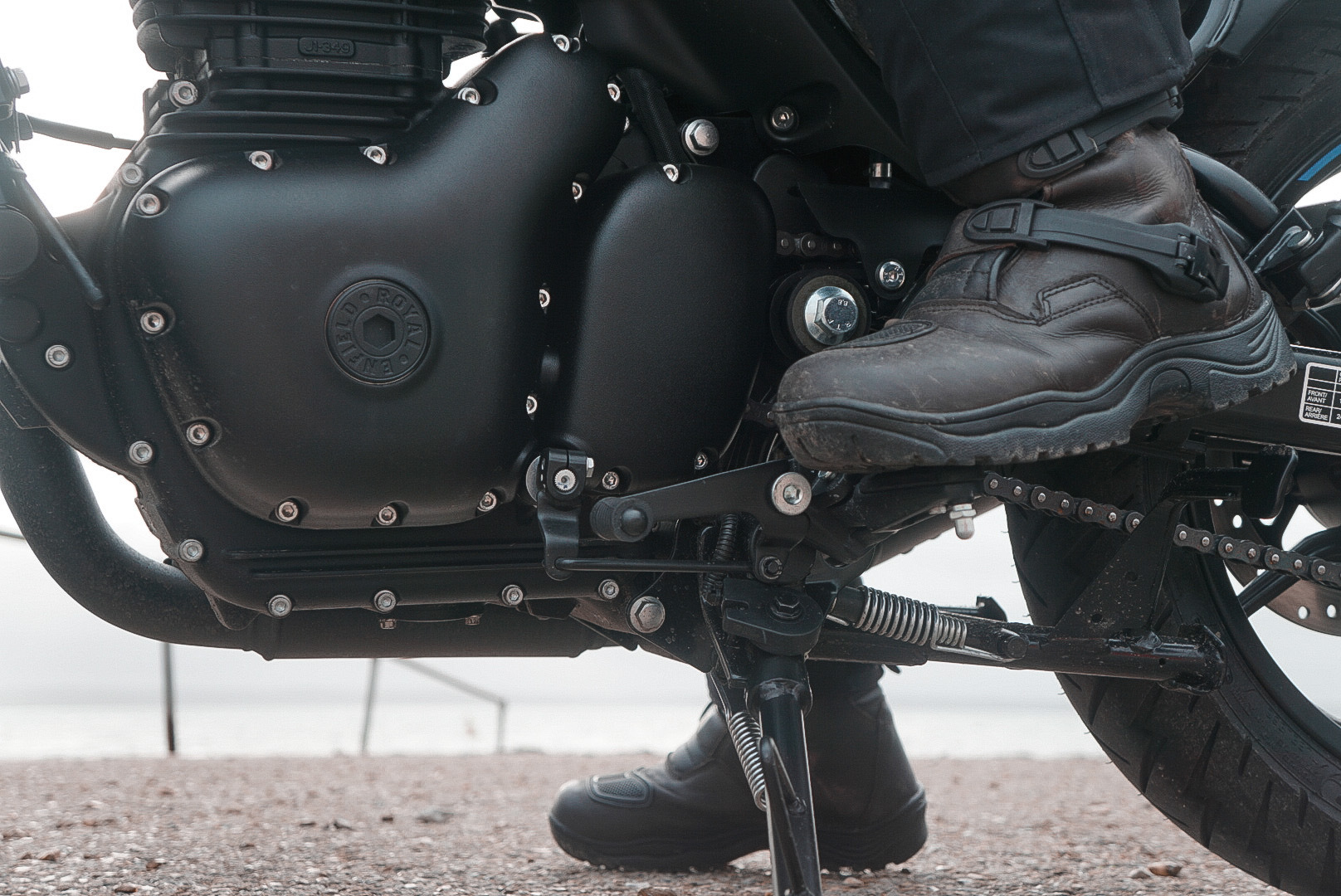
Boots are an often-overlooked aspect of motorcycle safety. Motorbike-specific boots bring abrasion resistance and are reinforced to help in the event of an impact. They’re also available in different heights, with taller boots adding protection to your shins.
Not only do they help protect your feet, ankles and shins, but they also provide you with a stable platform on which to stand, brake and change gears. There are also loads of different ‘styles’ of boot, depending on the type of riding you’re doing. These ones pictured, for instance, are angled towards long-distance rides and touring.
Trousers
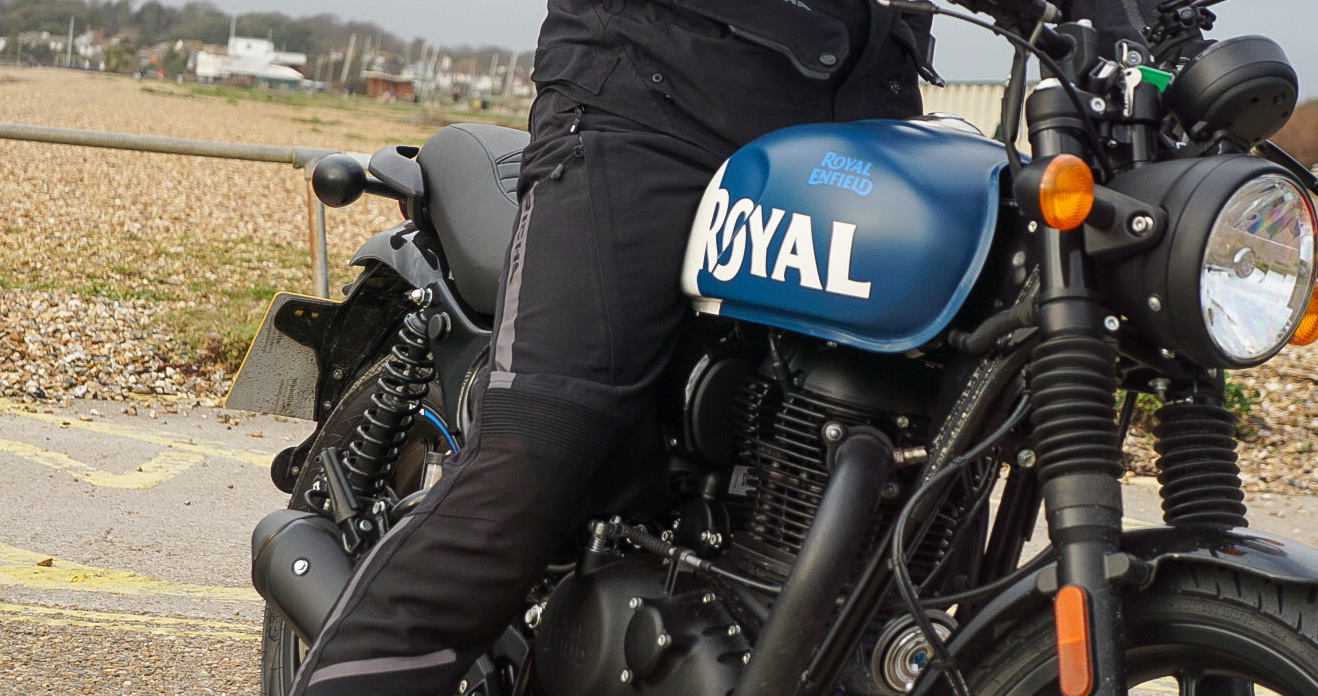
If you think about the process of riding a motorcycle, your legs are at the sharp end of things. They’re exposed to all of the wind blast, as well as gravel and stones which might fly up from the road. To help combat this – among other things – a good set of motorcycle-specific trousers can make all of the difference.
These Richa Colorado 2 Pro trousers are insulated with a removable liner so they’re warm when it’s cold, but they’re also waterproof. Importantly, they’ve got additional protection at the knees and you can add more to the hips, should you want to.
Gloves

If you come off your motorcycle, it’s instinctive to put your hands out first. It’s why gloves are so important, but they also help to keep your hands warm and dry. They’re right out in front of you, after all, so they’re in a direct impact with the wind and elements.
You might want to have two sets – a winter pair and a summer pair – as the former will be better insulated. Summer gloves still bring plenty of protection, but aren’t quite as thickly lined so your hands don’t get too hot.
Is there anything else I need to know?
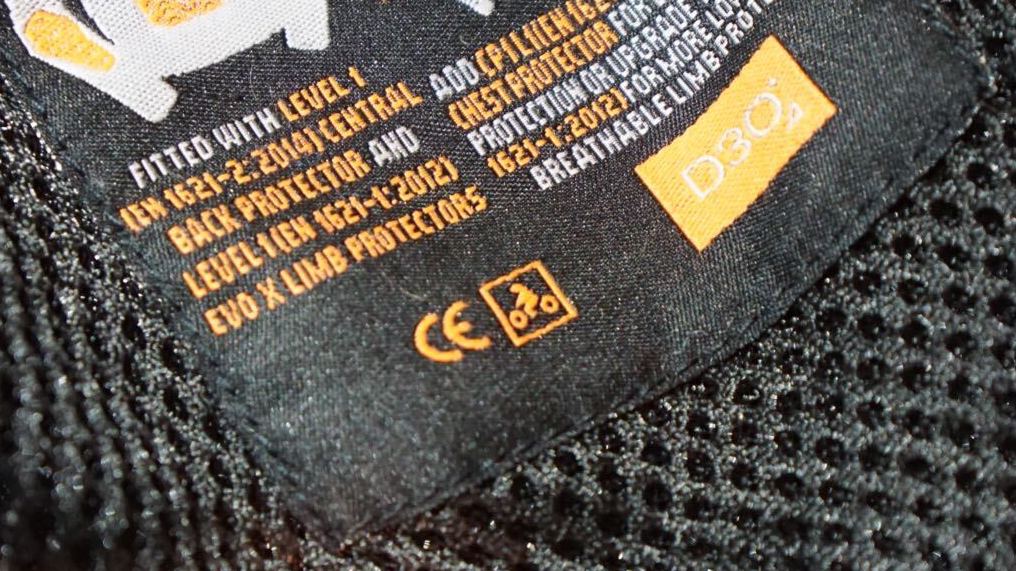
Absolutely. All motorcycle kit sold in the UK should be sold with a rating which gives you an idea about how much protection it offers. All trousers, jacket or leathers should carry a small icon of a motorcycle and rider, as well as a rating from AAA-B, with the former being the highest possible level of protection.
When it comes to the armour within jackets and other garments, this will need to be tested to EN 1621 standards – and this code should be stamped on the armour itself. As always, if you have any questions, be sure to speak to a reputable seller.

